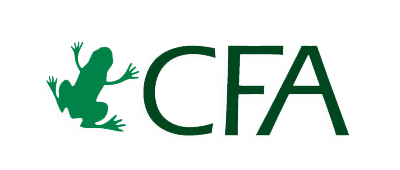Welcome to the Conservation Finance Guide. The overall goal is to provide practical tools to support the rapid expansion of sustainable finance mechanisms that generate long-term funding for biodiversity conservation.

Welcome to the Conservation Finance Guide. The overall goal is to provide practical tools to support the rapid expansion of sustainable finance mechanisms that generate long-term funding for biodiversity conservation.

Everyone, in virtually every aspect of life, is directly affected by fiscal instruments. This is especially true for developed economies which have, for the most part, established very sophisticated ways of extracting revenues from economic actors to finance governments and their programs. No matter what our position within the economy, we pay taxes. We pay taxes to eat (sales taxes or VAT), to sleep (property taxes, resident taxes and even hotel taxes), to work (income and retirement taxes), to invest (income and capital gains taxes), to save (interest taxes on interest earned), to travel (fuel taxes, road taxes and airport taxes), and even to die (death and estate taxes)!
For developing countries, one of the challenges is to develop a set of fiscal instruments which will both finance the needs of the government and, at the same time, not kill the economic base on which it depends.
From a biodiversity perspective, we can divide the key actors into roughly four groups: (a) taxpayers, (b) tax collectors, (c) tax spenders, and (4) biodiversity conservationists. For all four of these groups, what we would like to see is an array of fiscal instruments which encourage more biodiversity conservation and less biodiversity destruction. In other words, we would like to see fiscal instruments which promote an increase in “biodiversity goods,” including increased revenues to support biodiversity-related activities, and a decrease in “biodiversity bads.”
Each of these four groups is actually very complex. Indeed, many economic actors will find themselves in more than one of these groups. This same complexity holds for groups of biodiversity conservationists, which may be individuals, households, businesses, not-for-profit/non-governmental organizations (NGOs), academic institutions, or government agencies. Different conservationists will have a different mix of self-interests and conservation-interests with respect to reforming or designing fiscal instruments for biodiversity.
Hence, to provide an introduction, this chapter focuses on one, easy-to-recognize group of biodiversity conservationists – the managers of traditional government-owned protected areas. What type of fiscal instruments would protected area managers want to see for biodiversity conservation?
Overview
1. Understanding Fiscal Instruments for Conservation
1.1 Overview
1.2 Key Actors and Motivations
1.3 Types of Fiscal Instruments
1.5 Success Factors
2. A Selection of Case Studies
2.1 Instruments for Raising Revenue
2.2 Instruments for Changing Behavior
3. Resources